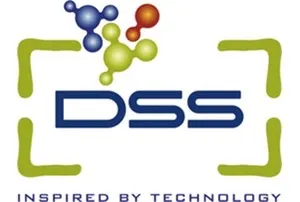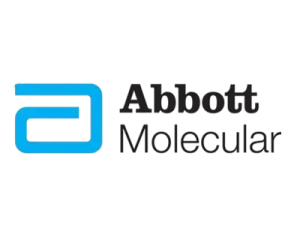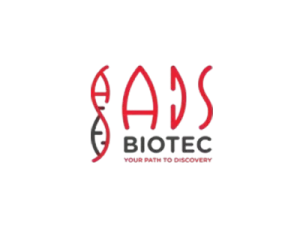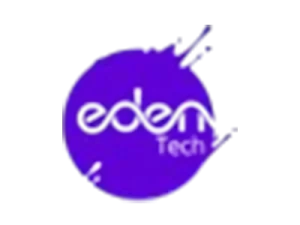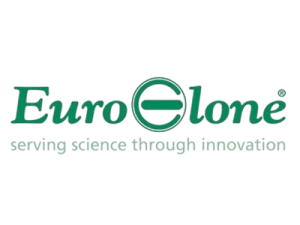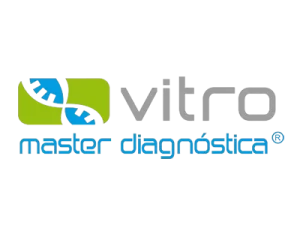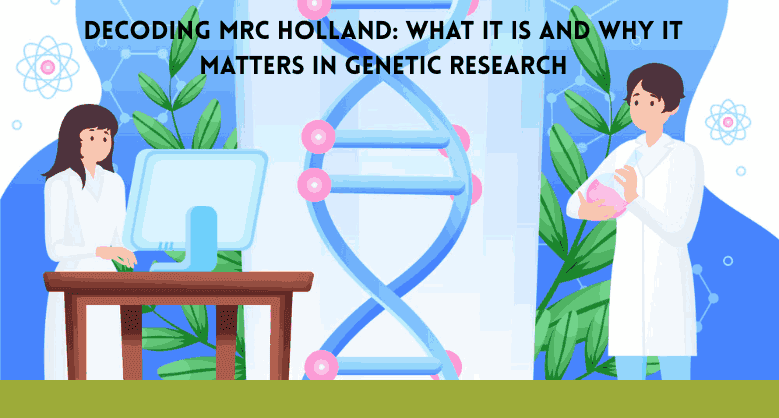DSS: Redefining Biotechnology & Life Science in India
- About Us
- Products & Services
PRODUCTS & SERVICES
- Applications & Specialities
All Applications & Specialities
- Brands
- Contact Us
-

-
 0
0
- ☰
- About Us
- Products & Services
- Applications & Specialities
- Brands
- Brand - Life Sciences
- 3i
- ABBERIOR INSTRUMENTS
- Abbott Molecular
- ADS Biotec
- APPLIED SPECTRAL IMAGING
- BioAir Tecnilabo
- DAKO (AGILENT)
- Eden Tech
- Elveflow
- ENTROGEN
- EUROCLONE
- EVIDENT
- Genea
- Hamamatsu Photonics
- Invivoscribe
- MASTER DIAGNOSTICA
- MBF BIOSCIENCE
- Medical Tek Co. Ltd
- MILESTONE MED SRL
- Molecular Machines & Industries
- MRC HOLLAND
- NeoDx
- Onward Assist
- Profound
- SCIENTIFICA
- SpaceGen
- Seqlo
- µCyte
- Brand - Industrial
- Brand - Life Sciences
- News & Events
- Career
- Contact Us
- Testimonial
- Blogs
- R&D
- CSR

High-Resolution Cell Biology
BY Sebastian Raja January 2, 2021
A Novel Cohesive 3D approach using Light and Electron Microscopy
Microscopy is an affinitive and essential tool in modern biology and material research. The advancement in microscopy research is to achieve a high-resolution image on a time scale. To achieve this instinct goal physicists and chemists are combining light microscopy and electron beam technology in the single microscope is named as Correlation Light Electron Microscopy CLEM. The advancements in fluorescence dye technology give a range of dyes and probes to localization of molecules of interest within living cells by fluorescence microscopy and with the help of electron microscopy (EM), the deeper intracellular ultrastructure has been discovered. Bridging these two modalities correlated light electron microscopy opens new paths to understand the ultrastructure alterations in biological sciences. To understand the intracellular protein dynamics in the nm scale is a million-dollar question. The CLEM technique is unique to narrow down these methods to capture minor structural alterations in membranes and protein folding mechanisms.
The main challenge in this technique is regarding sample preparation. The Light microscopy depends on fluorescent probing of biological species; and there are a wide range of fluorophores obtainable. In contrast, electron microscopy is hooked on whether TEM or SEM is used. TEM contains sample dehydration and sectioning into small slices (using an ultramicrotome), whereas prior to analysis in SEM the sample is coated with metal. To localize the protein of interest in live cell condition using high pressure freezing is an important tool to study the complicated changes in fine structure alterations or cellular dynamics. Cryo-immobilization of aqueous samples under high pressure with an inimitable freezing principle and uncover mysteries of the cellular process. To capture and resolve highly dynamic processes at the nanometer scale with millisecond precision. Currently cryo-fixation is the only method to fix cellular constituents without introducing substantial structural alterations. Currently the alcohol-free freezing principle permits a superior cryo-fixation of the specimen allowing better quality images with high contrast and low background noise. The experimental procedure shown in the below image indicates
Figure A: Outline imaging scheme diagram of the correlative light-electron microscopy (CLEM) methods on living cells. To combine the confocal microscopy with immuno-labeling on serial sections (transmission-EM), with EM tomography and with scanning-EM (adapted from PLOS One doi: 10.1371/journal.pone.0009014)
that the live cell from the confocal image can localize the XY coordinates and immediate high pressure freezing for electron tomography. To apply the correlative approaches, explore the details of neuronal and synapse function, membrane deformation mechanism, intracellular structural alteration of cellular bodies in various metabolic states. Approaching the cell biological mechanisms at nm resolution breaks the current limitations of biological understanding. The future era of biology belongs to Imaging, capturing the biological events at higher resolution. The CLEM is the major light source for advanced molecular biology research. To understand further the below image shows that a cell containing a GFP-tagged sub genomic replicon captures using Correlative light-electron microscopy. The region corresponding to the intersection of high to low fluorescence shows2 the double membrane vesicles (DMV) containing area residing in close proximity of the endoplasmic reticulum ER; This work proposed the 3D architecture of hepatitis C virus (HCV) induced membrane alteration in high resolution. This result proposed the deeper understanding of the HCV infection pathway.
Figure B: Image shows Epifluorescence microscopy of live cells containing a sub genomic replicon with a GFP-tagged NS5A. Huh7-Lunet cells were transfected with replicon RNA and seeded onto carbon-patterned sapphire discs. Twenty-four hours later cells were analyzed by fluorescence microscopy and immediately processed for EM. (B) EM micrograph of the cell boxed in panel Ab overlapped with the fluorescence image. Areas marked with a green dotted line indicate regions of intense fluorescence. the EM image represents one 60 nm ultrathin section of the same cell. (C) Higher magnification images of the two different regions, labeled 1 and 2 in panel B, corresponding to regions with intense fluorescence if, intermediate filaments. (adapted from PLOS Pathobiology doi: 10.1371/journal.ppat.1003056)
To conclude further Combining the Super resolution microscope to Electron Microscopy is an indispensable tool for future cell biological research. It opens the gates to understand the virus or disease progression for human welfare.
Reference:
- Spiegel halter C, Tosch V, Hentsch D, et al. “From dynamic live cell imaging to 3D ultrastructure: novel integrated methods for high pressure freezing and correlative light-electron microscopy”. PLoS One. 2010;5(2):e9014. Published 2010 Feb 3. doi:10.1371/journal.pone.00090142.
- Romero-Brey I, Merz A, Chiramel A, et al. “Three-dimensional architecture and biogenesis of membrane structures associated with hepatitis C virus replication”. PLoS Pathog. 2012;8(12):e1003056. doi:10.1371/journal.ppat.1003056
Latest Articles
Decoding MRC Holland: What It Is and Why It Matters in Genetic Research
BY DSS Imagetech Pvt Ltd October 15, 2025
In the vast and complex world of our DNA, tiny changes can have monumental consequences. For decades, scientists have sought reliable and efficient ways to read this genetic blueprint, to identify the variations that lead to disease, and to develop diagnostics that can change lives. In this quest, one name...
Read MoreHarnessing Molecular, Cytogenetic and NGS Technologies for Better Outcomes In Light of Childhood Cancer Awareness Month
BY DSS Imagetech Pvt Ltd September 22, 2025
Written by Dr. Hitarth Patel, Application Specialist Every September, the world comes together for Childhood Cancer Awareness Month, represented by the gold ribbon. This month is dedicated to raising awareness, supporting families, and driving research to fight the leading cause of disease-related death among children. While tremendous progress has been...
Read MoreHow Delhi’s Biotech Industry Is Evolving with Cutting-Edge Research Tools
BY DSS Imagetech Pvt Ltd September 22, 2025
In the heart of India’s capital, a quiet revolution promises to change the future of medicine, agriculture, and sustainable living. What was once a landscape dominated by traditional industries is now a vibrant ecosystem of scientists, entrepreneurs, and government initiatives all working together to push the boundaries of biotechnology. Delhi’s...
Read More
